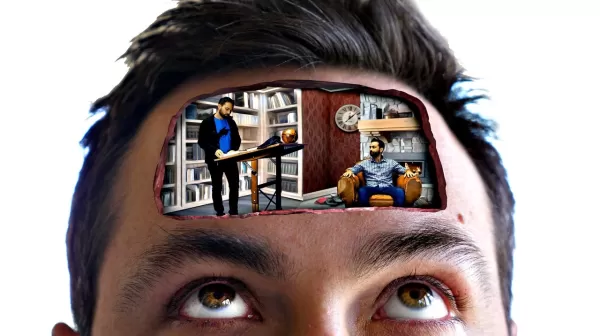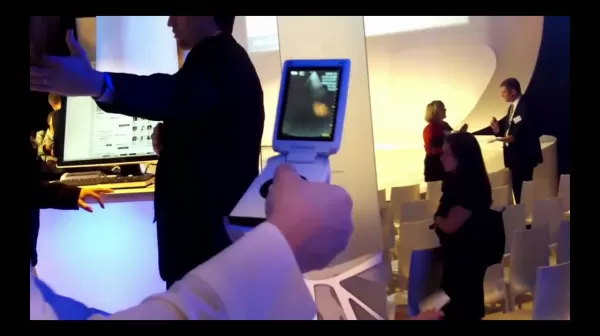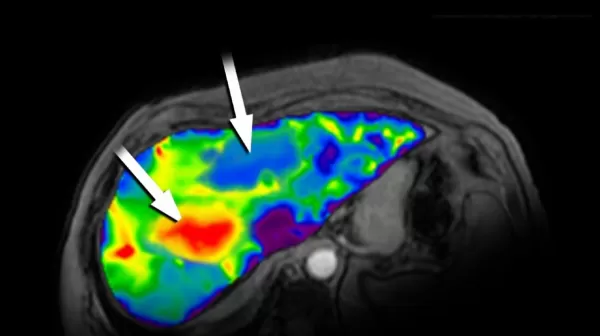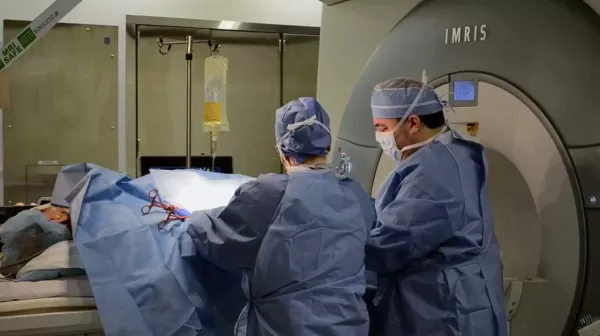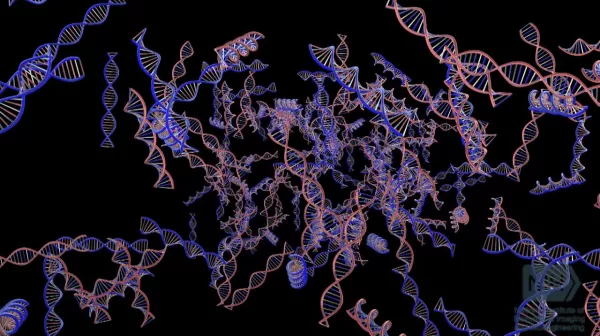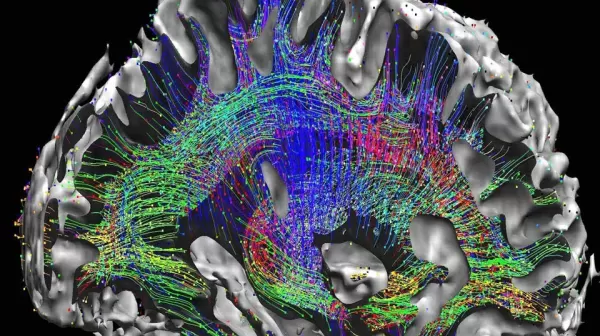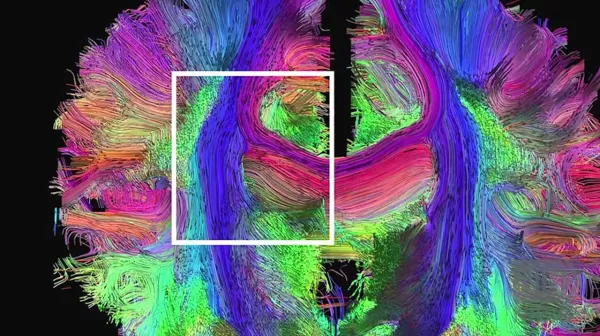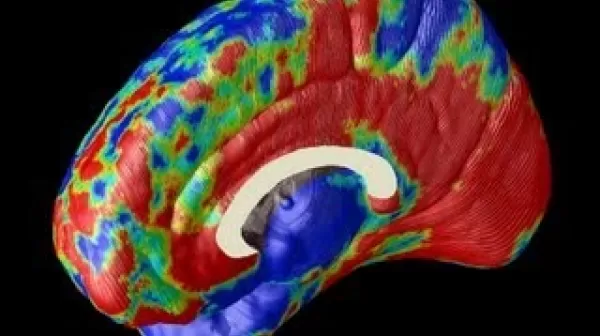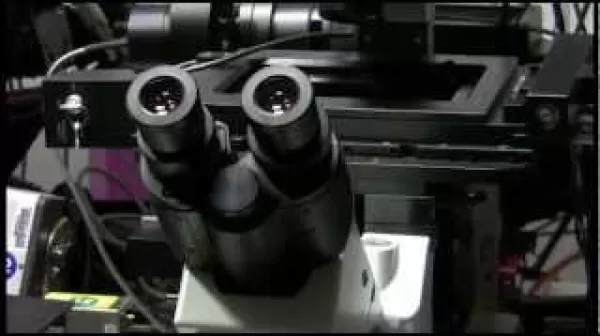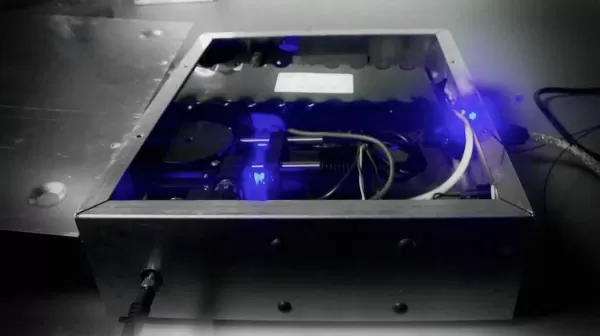Medical Imaging
New Hand-held Ultrasound Scanner
NIH funded research resulted in the development of the Vscan, a palm-sized ultrasound scanner with color-flow Doppler that can quickly identify blood flow or heart problems. It can be used at the bedside, in an ambulance, or in low resource settings and is currently being sold in 100 countries.
For more information on the National Institute of Biomedical Imaging and Bioengineering go to http://www.nibib.nih.gov/
Replacing Biopsies with Sound
Research funded by the NIH at the Mayo Clinic has resulted in a new, noninvasive way to diagnose liver fibrosis. Using a new technique developed by Richard Ehman, Ph.D called MR Elastography which uses sound waves to determine tissue firmness, doctors are able to see inside the liver without biopsies.
For more information on the National Institute of Biomedical Imaging and Bioengineering go to http://www.nibib.nih.gov/
The Ultimate Operating Room
The NIH supported researchers at Brigham and Women's Hospital have created the Advanced Multidisciplinary Image-Guided Operating (AMIGO) Suite. AMIGO is a state-of-the-art facility that includes Positron emission tomography/ computed tomography (PET/CT), computer-assisted fluoroscopy, 3T Magnetic Resonance Imaging (MRI), 3D ultrasound, as well as advanced navigational, robotics, and drug delivery tools.
For more information on the National Institute of Biomedical Imaging and Bioengineering go to http://www.nibib.nih.gov/
Teaming Up: Imaging and Genetics
Dr. Paul Thompson discusses the possibilities of combining the latest brain imaging technology with the study of genetics.
For more information visit:
http://www.loni.ucla.edu/
Exercise, Stress, and the Brain
Dr. Paul Thompson talks about how imaging has revealed the positive effects of exercise on the brain as well as the detrimental effects of stress and cortisol on the brain.
For more information visit:
http://www.loni.ucla.edu/
Picturing the Brain
Dr. Paul Thompson talks about the work that he does at the Lab of Neuro Imaging (LONI) at UCLA. He discusses brain health, the latest brain imaging technology and projects like ENIGMA, which involves a world-wide effort to create a brain database.
For more information visit:
http://www.loni.ucla.edu/
Imaging Alzheimer's in the Brain
Dr. Paul Thompson discusses the Alzheimer's Disease Neuroimaging Initiative (ADNI), an imaging project that attempts to discover the best predictors and measures of Alzheimer's Disease. The hope is that a treatment or cure could be developed by better understanding what happens to the brain when it is diseased. He also discusses non-medical interventions that have been shown to help protect against Alzheimer's.
For more information visit:
http://www.loni.ucla.edu/
Revealing Early Development of Life
Interview with scientists at the NIH, Dr. Hari Shroff, Lab Chief of NIBIB's High Resolution Optical Imaging Lab and Dr. Andrew York.
Using a new kind of microscope they invented, Dr. Shroff and his team are able to film worm embryos as they form over the course of 14 hours. They are able to track neurons as the cells move through the embryo and hope that this work will eventually be able to teach them more about the development of life.
Instant Mobile Cervical Cancer Diagnosis
Research funded by the NIH at Rice University has resulted in a portable, fiber optic microscope that non-invasively characterizes and diagnoses precancerous and cancerous cells. Both low cost and battery-powered, this point-of-care device is ideally suited to low resource settings and facilitates immediate outpatient therapy.
For more information on the National Institute of Biomedical Imaging and Bioengineering go to http://www.nibib.nih.gov/

